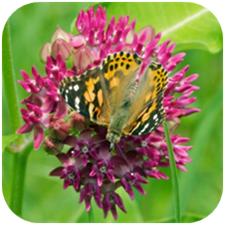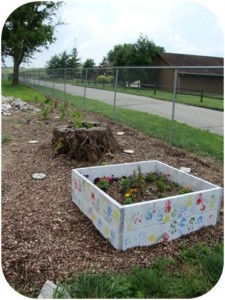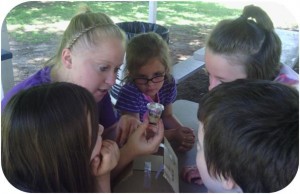A butterfly garden is made of native plants that provide everything necessary for a butterfly to survive.
The butterfly garden at our Y is a Certified Monarch Waystation, which is a place that provides resources for monarchs and other butterflies to produce successive generations and sustain their migration. You can see the butterfly garden at the edge of the Day Camp at the corner of College Avenue and Veterans Drive, and also at the front entrance into the YMCA Bettye J. McCormick Senior Center.
The garden has several host plants which allow larvae and energy sources that apply to all adult monarch and butterfly populations around the world. Examples of host plants in the YMCA Butterfly Garden:
- Balloon plant (Asclepias physocarpa),
- Butterfly Milkweed (Asclepias tuberosa),
- Common Milkweed (Asclepias syriaca),
- Purple Milkweed (Asclepias pupurascens),
- Sulivants Milkweed (Asclepias sullivantii),
- Whorled Milkweed (Asclpias verticillata).
Nectar plants are sugary fluid produced in the nectarines of plants and collected by the butterflies for food. Examples of nectar plants in the YMCA Butterfly Garden:
- Marigolds (Tagetes patula),
- Zinnia (Zinnia spp.),
- BeeBalm (Monarda spp.),
- Black-Eyed Susan (Rudbeckia hirta),
- Blasingstar/Gayfeather (Liatris spp.),
- Butterfly Bush (Buddleia spp.),
- Catmint/Catnip (Nepeta spp.),
- Coreopsis (Coreopsis spp.),
- Goldenrod (Solidago spp.),
- Hollyhock (Alcea spp.),
- New England Aster (Aster novae-angliae),
- Phlox (phlox spp.)
- Purple Coneflower (Echinacea purpurea),
- Sedum (Sedum spectablile).
The kids experienced the wonder of nature with live Painted Lady butterflies! We watched as our caterpillars spun cocoons and transformed into butterflies.



0 Comments